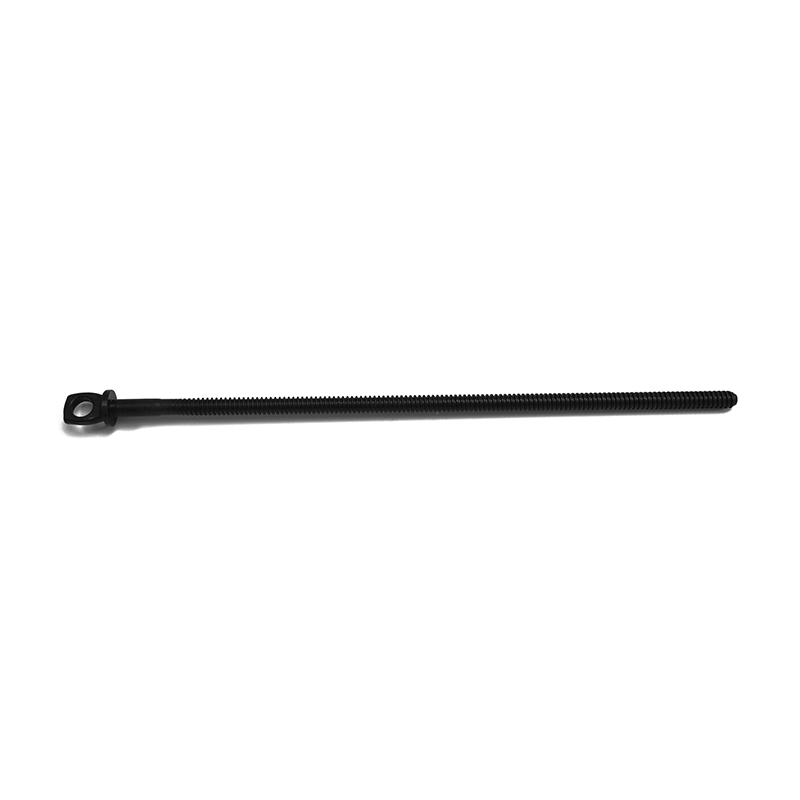The number of starts in a trapezoidal lead screw thread plays a significant role in load distribution, torque transmission, and overall performance. Here’s how the number of starts impacts these aspects:
1. Load Distribution:
Single Start: A single-start thread means there is only one helical thread running along the length of the lead screw. This results in a higher load per thread engagement, which can increase wear and reduce efficiency, especially under high load conditions. The load is concentrated on fewer contact points, making the screw more prone to localized stresses and potentially decreasing its lifespan.
Multi-Start: Multi-start threads, such as two-start, three-start, or more, distribute the load over multiple threads. As a result, each individual thread carries a smaller portion of the overall load. This leads to a more balanced load distribution across the lead screw, which reduces the likelihood of excessive wear, increases the lifespan of the lead screw, and helps maintain efficiency over time. The ability to share the load among multiple starts allows for better handling of heavy-duty applications.
2. Torque Transmission:
Single Start: Since only one thread is engaged at a time, a single-start lead screw requires more torque to lift or move the load compared to a multi-start lead screw. The higher torque demand is a result of the increased friction and load concentration on a single thread.
Multi-Start: A multi-start lead screw offers improved torque transmission because the load is divided among the multiple engaged threads. This reduces the torque required to move a given load, leading to higher efficiency. Multi-start lead screws are especially useful in applications that require higher speed and less power input, as the torque is spread out more evenly across the threads.

3. Speed and Efficiency:
Single Start: A single-start lead screw has a lower pitch and, therefore, results in slower movement for a given number of rotations, which might be advantageous in applications requiring precision but not speed. However, because of the increased friction and torque requirements, the system’s efficiency can be lower in high-speed applications.
Multi-Start: A multi-start lead screw, due to its higher pitch (because of the multiple threads), enables faster linear motion per revolution. This makes multi-start screws a preferred choice for applications where speed is critical. They also improve efficiency in high-speed operations by reducing the frictional losses associated with moving the load.
4. Backlash Reduction:
Single Start: Backlash can be more pronounced in a single-start lead screw because the nut can shift slightly when it changes direction, resulting in a gap between the threads that may reduce precision.
Multi-Start: Multi-start lead screws typically exhibit less backlash due to the tighter engagement between the nut and the lead screw, particularly when the starts are well aligned. This reduces the play between the threads and enhances the overall precision of the system.
5. Impact on Manufacturing and Cost:
Single Start: Single-start lead screws are simpler to manufacture and typically cost less. However, they are better suited for low-speed, high-precision applications.
Multi-Start: Multi-start lead screws are more complex to manufacture because of the additional threading and the need for precise alignment between the starts. As a result, they tend to be more expensive than single-start lead screws, but they provide better performance in terms of load handling, speed, and efficiency.


 English
English 中文简体
中文简体 Español
Español русский
русский عربى
عربى







